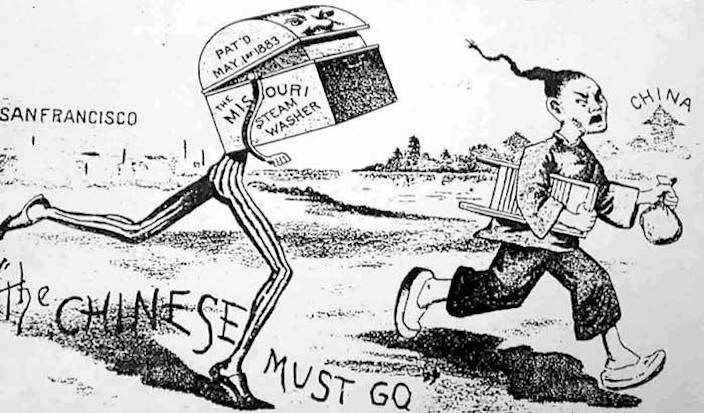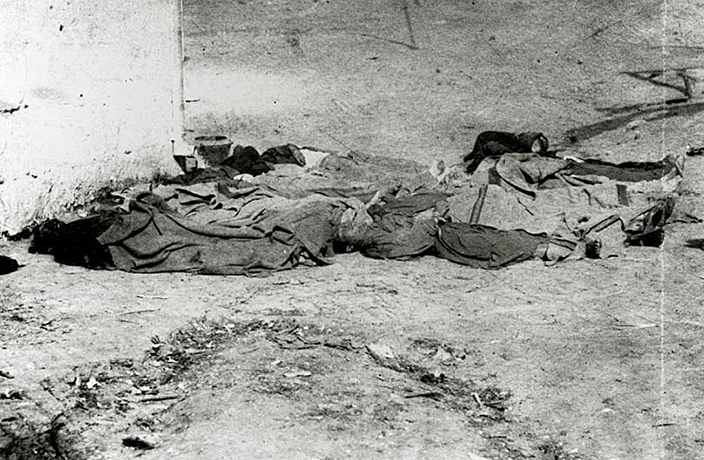On May 6, 1882, US Congress passed the Chinese Exclusion Act, barring “skilled and unskilled laborers and Chinese employed in mining” from entering the country for 10 years under penalty of imprisonment and deportation.
While the ban was initially intended to last a decade, it effectively ended Chinese immigration for the next 60 years (legally at least – it gave rise to the first great wave of commercial human smuggling), not being repealed until 1943 and the Magnuson Act.
The first significant Chinese immigration to America had begun with the California Gold Rush of 1848-1855, and continued with large labor projects such as the building of the railroads. By 1860, Chinese people had become the largest immigrant group in California. Initially tolerated, if not well received, as gold became harder to find and competition increased, animosity toward the Chinese increased.
READ MORE: This Day in History: Train Robbing Bandits and the Lincheng Outrage
After being forcibly driven from the mines, most Chinese people settled in enclaves in cities, many in San Francisco, and took up low paid wage labor such as restaurant and laundry work. With the post Civil War economy in decline, anti-Chinese animosity became politicized, with Chinese ‘coolies’ being blamed for depressed wage levels.
After the act was passed, any Chinese who left the US had to obtain certifications for reentry, while the Act had made Chinese immigrants permanent aliens by excluding them from US citizenship. With the Chinese migrant population predominantly made up of male adults, this left many with a dilemma – should they stay in the US alone or return to China and their families?
Many had little chance of ever reuniting with their wives, or of starting families in their new homes, and the Chinese community was effectivley frozen in place in 1882, prevented from growing and assimilating into US society as European immigrant groups did.
Click here for more history stories.
[Cover image via Hawkins Bay Dispatch]





















0 User Comments